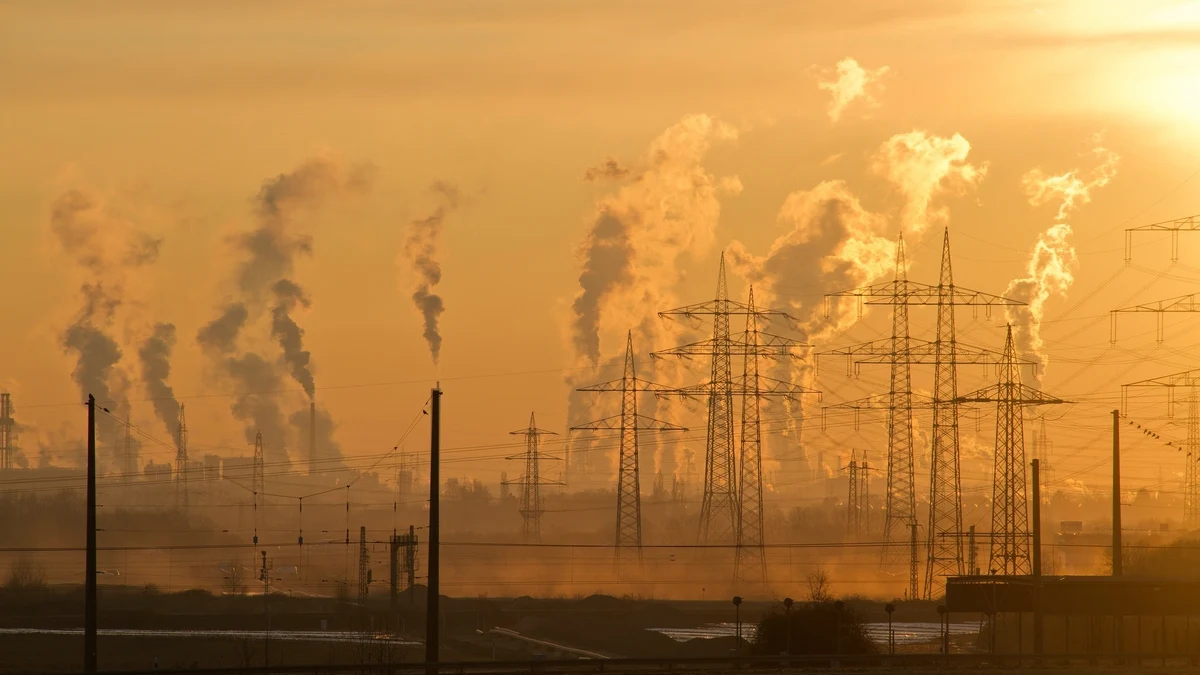
He 80% of global carbon dioxide emissions (CO2) from the Paris Agreement (2016) until 2022 was linked to 57 fossil fuel and cement producersaccording to an analysis by the InfluenceMap study center released this Thursday.
Most companies in this sector produced more fossil fuels in the seven years after the Paris Agreement than in the seven years before the adoption of the pactaccording to the group that provides analysis to investors, companies and media on energy and climate change.
The study also finds that 88% of CO2 emissions are linked to a total of 117 producers. Oil companies top the list of the most polluting companies Saudi Aramcowith 4.8% of total global emissions, followed by the Russian Gazprom, with 3.3%, the state coal giant Coal India, with 3%, and the also state-owned National Iranian Oil Company, with 2.8 %.
Repsol, among the most polluting
Among the most polluting producers, according to the British center, there are also companies such as BP, Shell, Total Energies, Eni, RWE or Repsol. InfluenceMap reminds that more than 72% of carbon dioxide emissions from fossil fuels and cement since the Industrial Revolution can be traced in the database known as Carbon Majors.
The new report released this Thursday uses this Carbon Majors file to quantify the contribution of the largest oil, gas, coal and cement companies to global carbon emissions, main driver of climate change.
According to the study, the majority of global CO2 emissions produced since the Paris Agreement can be attributed to a small group of large emitters that fail to reduce production.
These 57 corporate and state entities can be linked to 80% of CO2 emissions from fossil fuels and cement. The group adds that an analysis of the entire data set reveals that more than 70% of global CO2 emissions from fossil fuels and cement since the Industrial Revolution can be traced back to 78 large corporate and state entities.
It is not slowing down production
Carbon Majors was first established in 2013 by Richard Heede of the Climate Accountability Institute. “The Carbon Majors database is a key tool to place responsibility for climate change on fossil fuel producers,” said InfluenceMap program director Daan Van Acker.
“InfluenceMap’s new analysis shows that this group is not slowing down production, and most entities increase production after the Paris Agreement,” he added. “This investigation provides a crucial link to holding these energy giants accountable for the consequences of their activities,” he said.
The president and CEO of the Center for International Environmental Law (CIEL), Carroll Muffett, said that Carbon Majors “transformed the climate liability landscape by using production and operating figures documented by the fuel industry itself.” fossils to calculate and expose the true extent of their role in the climate crisis.
The Carbon Majors database makes it easier to document, calculate and visually demonstrate the growing chasm between the urgent demands of the climate crisis and the continued growth of oil and gas production.
Source: Lasexta
Ricardo is a renowned author and journalist, known for his exceptional writing on top-news stories. He currently works as a writer at the 247 News Agency, where he is known for his ability to deliver breaking news and insightful analysis on the most pressing issues of the day.











